|
It's been quite a stretch of clear nights in these parts - as I wrote before, DC is a feast-or-famine city for amateur astronomers - and I've been determined to take full advantage. Last night, I hauled my APM 140 out the door for what I hoped would be an hour of deep space urban observing. As I embarked on the 15-minute walk to the park with, what, sixty pounds worth of equipment, I fretted about a fleet of clouds flitting by overhead. When I got to the park, however, the clouds had largely passed, and although I was drenched with sweat after all that hauling I was more or less ready to go. I was curious to see what the APM could do with no Moon in the sky. The first thing I noticed is that transparency wasn't great, but also that stars were pinpoints almost immediately. Although the difference in temperature from inside to outside wasn't great, I was still impressed that the telescope acclimated just about instantly. The Ring Nebula is almost comically easy to find these days, so I started with it. I could see a clear ring with no averted vision - always nice - but I can't say the view was much brighter then it had been a few days back, when the Moon was out. Still, a nice way to start the night. Next, I tried to track down some globular clusters in Scorpio, then rising out of the worst of the city's light pollution to the south. The double star Al Niyat was a gorgeous sight, but the globulars - M4 and M80 - were underwhelming. I abandoned the effort and switched to simply admiring some bright stars for a while, beginning with Antares. This, to my mind, is a principal difference between refractors and other kinds of telescopes. Stars look so much more beautiful - more natural - through refractors, in a way that's hard to explain. It's something, I think, about the size and color of the "disk." I decided to see if I couldn't track down the Whirlpool and Pinwheel galaxies around the Big Dipper. After spending about five minutes in futility, it suddenly dawned on me that the year was far enough along for Jupiter and Saturn to be rising in the evening sky. Sure enough, when I moved out of the shadow of a tree there they were, high enough already to observe. I didn't expect too much; they were still quite close to the horizon, after all. But when I turned to Jupiter I just about fell off my stool. There, on the limb of the planet, was the pitch-black shadow of a Galilean moon. And there, framed by Jupiter's North Equatorial Belt, was the moon: Europa, if I'm not mistaken. Suddenly the seeing stabilized, and wow: I've never seen so much detail and color on the planet. It was like viewing a Hubble image, at a little distance, while squinting ever so slightly. The Galilean moons were actual disks, not just points of light, though I couldn't see their color, let alone any albedo features on their surfaces. The seeing, I judged, was good but not great. But the telescope! What a thrill to observe the planet with a nearly six-inch refractor. When I turned to Saturn, I was nearly as impressed. The planet just had such a satisfying color through the big refractor: a creamy, buttery pale yellow, with mottled bands of grey cloud. Again, there was a space telescope - or maybe space probe - kind of feel to the image, a three-dimensionality and intricacy of detail that I've rarely seen before. I swung back to Jupiter. As I watched, Europa's shadow vanished in the limb of the planet, and the moon itself started to edge into black space. Then, the Great Red Spot rotated into view - and above it, on the northern hemisphere of the planet, an even darker mass of clouds. When the atmosphere really settled down, every cloud belt and zone was just absolutely full of delicate detail. What a thrill. I could have stayed for so much longer, but I knew it would be just four or five hours before my toddler woke up, and I had to get what little sleep I could salvage. What a memorable night! I've always wanted to be able to see real change on Jupiter - to observe the true dynamism of the inconstant planet. Finally, I had the chance to see the best the planet has to offer in real-time. I can't imagine any of my other telescopes would have shown me as much; the Takahashi might have come close, but not with so much color. I never imagined I'd be able to use such a big refractor before having a backyard. As I lugged the telescope back home, I couldn't stop thinking: it's so worth it for even one special hour with the giant planets.
0 Comments
Leave a Reply. |
Archives
March 2024
Categories
All
|

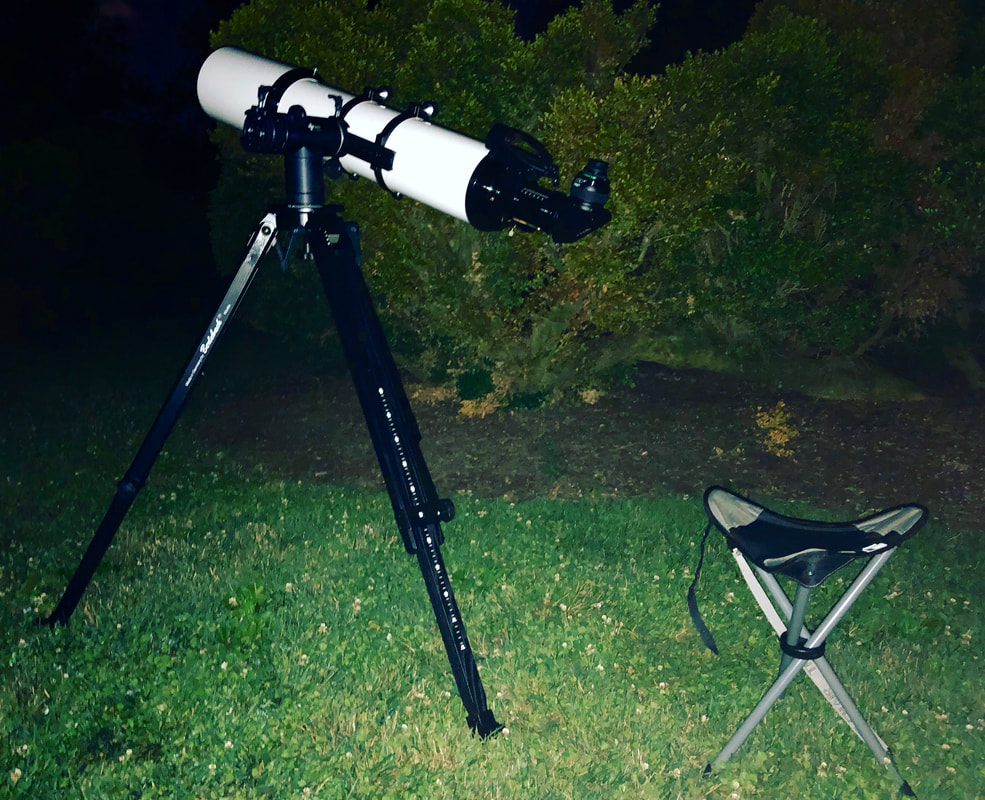
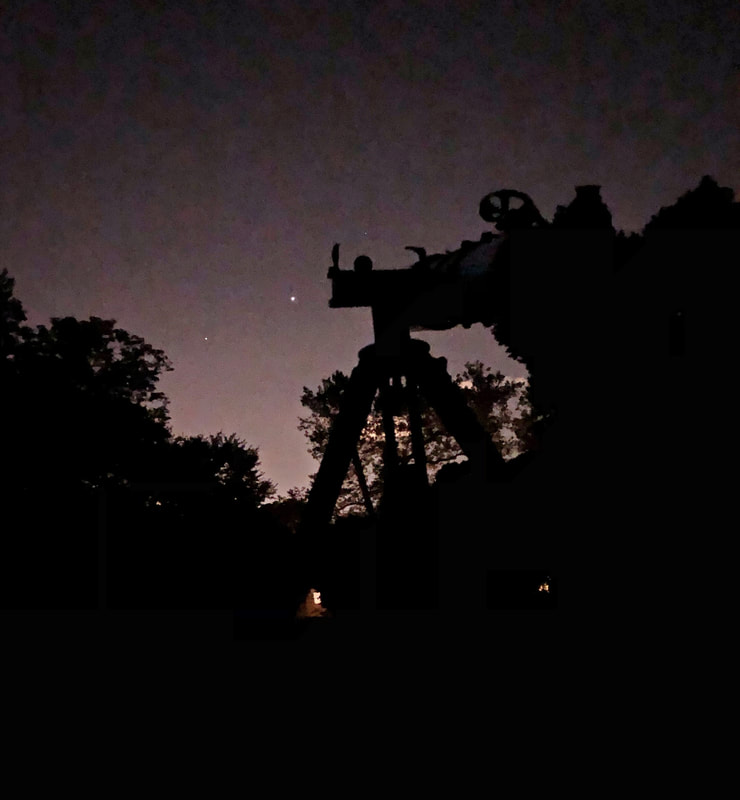
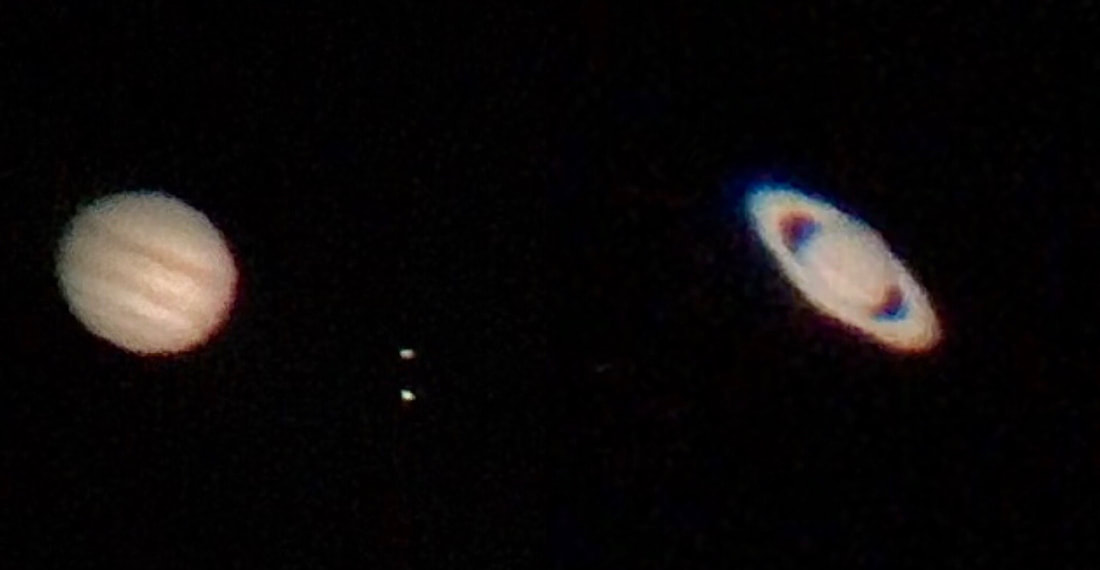
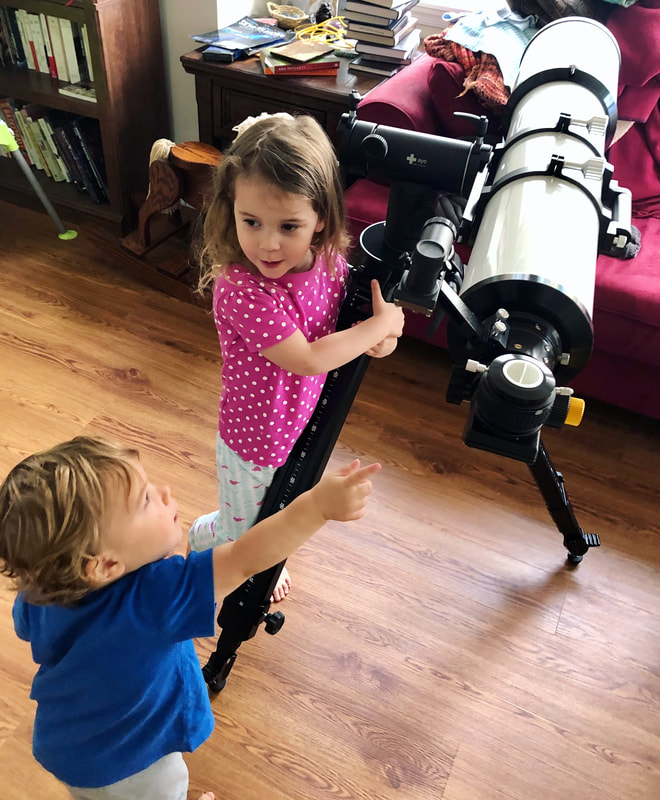

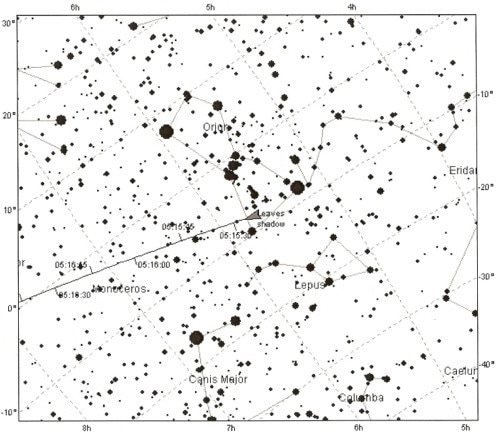
 RSS Feed
RSS Feed